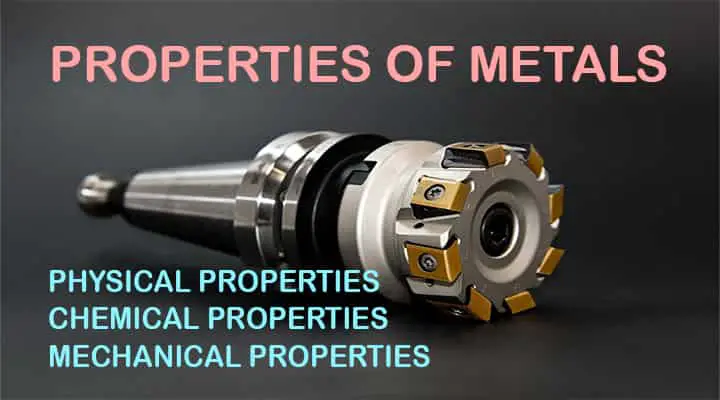Physical Vapor Deposition (PVD) is an innovative and widely used thin film deposition technique that involves the materialization of a solid material into its vapor phase in a vacuum chamber. The process uses reactive gases, a high-energy source (such as plasma or laser), and a substrate to form thin films with various properties, including mechanical, electrical, optical, and magnetic.

Physical Vapor Deposition comprises of various deposition techniques, including sputtering, evaporation, and chemical vapor deposition. Each technique is applicable to a specific type of material and can be modified to produce thin films with unique properties. For instance, the most common PVD process is magnetron sputtering, which is used to coat a wide range of materials such as metals, ceramics, and polymers. Additionally, electron beam evaporation is an excellent technique for depositing thin films consisting of refractory materials, such as tungsten and titanium.
Furthermore, PVD has numerous applications in various industries, including aerospace, automotive, electronic, biomedical, and decorative. In aerospace, the process is used to manufacture lightweight, high-strength coatings that are corrosion-resistant, thermal-resistant, and wear-resistant. In automotive, PVD is used to deposit coatings on engine components such as gears, bearings, and valves to reduce wear and friction.
In electronics, PVD is used to fabricate thin films on semiconductor devices to enhance their functionality. For instance, the process can be used to deposit an antireflection coating on the surface of solar cells that improves their optical response. In biomedical, PVD is used to deposit coatings on prosthetics and medical implants to make them biocompatible, durable, and antibacterial.
Additionally, PVD is used to manufacture decorative coatings on jewelry, watches, and home appliances. The process can produce a glossy or matte finish, various colors, and patterns. PVD coatings are environmentally friendly and durable than traditional coatings, such as electroplating.
In conclusion, Physical Vapor Deposition (PVD) is a cutting-edge technique for the fabrication of thin films with unique mechanical, electrical, optical, and magnetic properties. Its versatility and numerous applications make it a fundamental process in various industries. Understanding the PVD process and its various techniques, including sputtering, evaporation, and chemical vapor deposition is essential to choosing the right process for specific material and properties. PVD is indeed a valuable technology that has and will continue to revolutionize many aspects of human life.
Keywords: Physical Deposition Techniques, Thin Film Deposition Techniques, Physical Vapor Deposition, Sputtering, Evaporation, Chemical Vapor Deposition, Aerospace, Automotive, Electronic, Biomedical, Decorative Coatings.